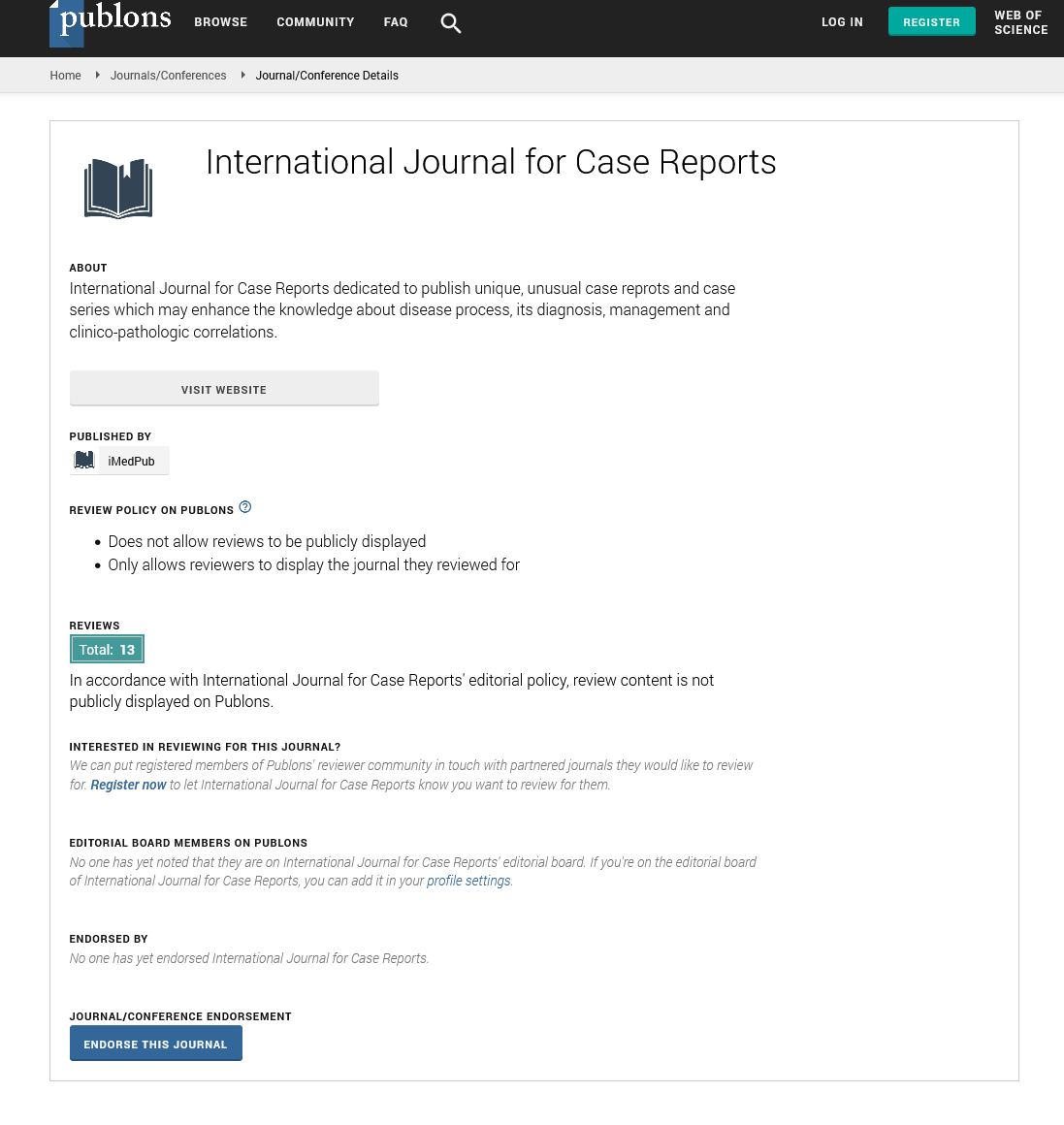Abstract
Hemangioblastoma and Pregnancy: A Case Report and Review of Literature
Objective: There is no increase in the frequency of hemangioblastoma in pregnancy compared to the same age group, but it may become symptomatic and the symptoms may be confused with the symptoms of pregnancy. As the symptoms such as severe nausea, vomiting and headache rarely continues with treatment, it is essential to consider brain tumors in differential diagnosis in cases with persistent nausea and vomiting. In addition, pre-diagnosis of this type of patients will enable the team to be prepared for emergency surgical intervention that may develop at any time during pregnancy. In this article we aimed to present a case of pregnant with brain tumor that had followed until term.
Case: Following an uneventful first pregnancy, in the second pregnancy of 37-year-old G2P1 woman, the first two trimesters of pregnancy follow-up revealed normal pregnancy features except for nausea and vomiting. The patient was referred to the neurology outpatient clinic when the patient's nausea and vomiting did not respond to medical treatment and the complaint of frequent headache was added. The patient's neurological examination did not reveal any problem. The patient again presented with nausea, vomiting and severe headache at the 35th week of pregnancy follow-up. Complete blood count, biochemistry, bleeding profile and blood pressure evaluation revealed normal findings and no neurological deficit was determined during her physical examination. The patient was asked to undergo an emergency MR (Magnetic resonance) examination, MR report showed a cystic mass lesion with a size of approximately 48 x 42 mm in the right cerebellar hemisphere, which had compression onto the 4th ventricle and moving the cerebellar hemisphere to the left. Elective Caesarean section was performed at 36th week of gestation. Craniotomy was performed four days after the caesarean section, the brain tumor was resected and the histopathological examination revealed as hemangioblastoma.
Conclusion: The diagnosis was delayed due to the symptoms mimicking pregnancy symptoms, therefore intracranial masses should be kept in mind in common pregnancy symptoms such as nausea, vomiting and headache that do not respond to treatment.
Author(s): Sibel Mutlu and Enis Ozkaya
Abstract | Full-Text | PDF
Share This Article
Google Scholar citation report
Citations : 22
International Journal for Case Reports received 22 citations as per Google Scholar report
International Journal for Case Reports peer review process verified at publons
Abstracted/Indexed in
- Google Scholar
- Publons
Open Access Journals
- Aquaculture & Veterinary Science
- Chemistry & Chemical Sciences
- Clinical Sciences
- Engineering
- General Science
- Genetics & Molecular Biology
- Health Care & Nursing
- Immunology & Microbiology
- Materials Science
- Mathematics & Physics
- Medical Sciences
- Neurology & Psychiatry
- Oncology & Cancer Science
- Pharmaceutical Sciences
